Seven lessons for creating social impact by design
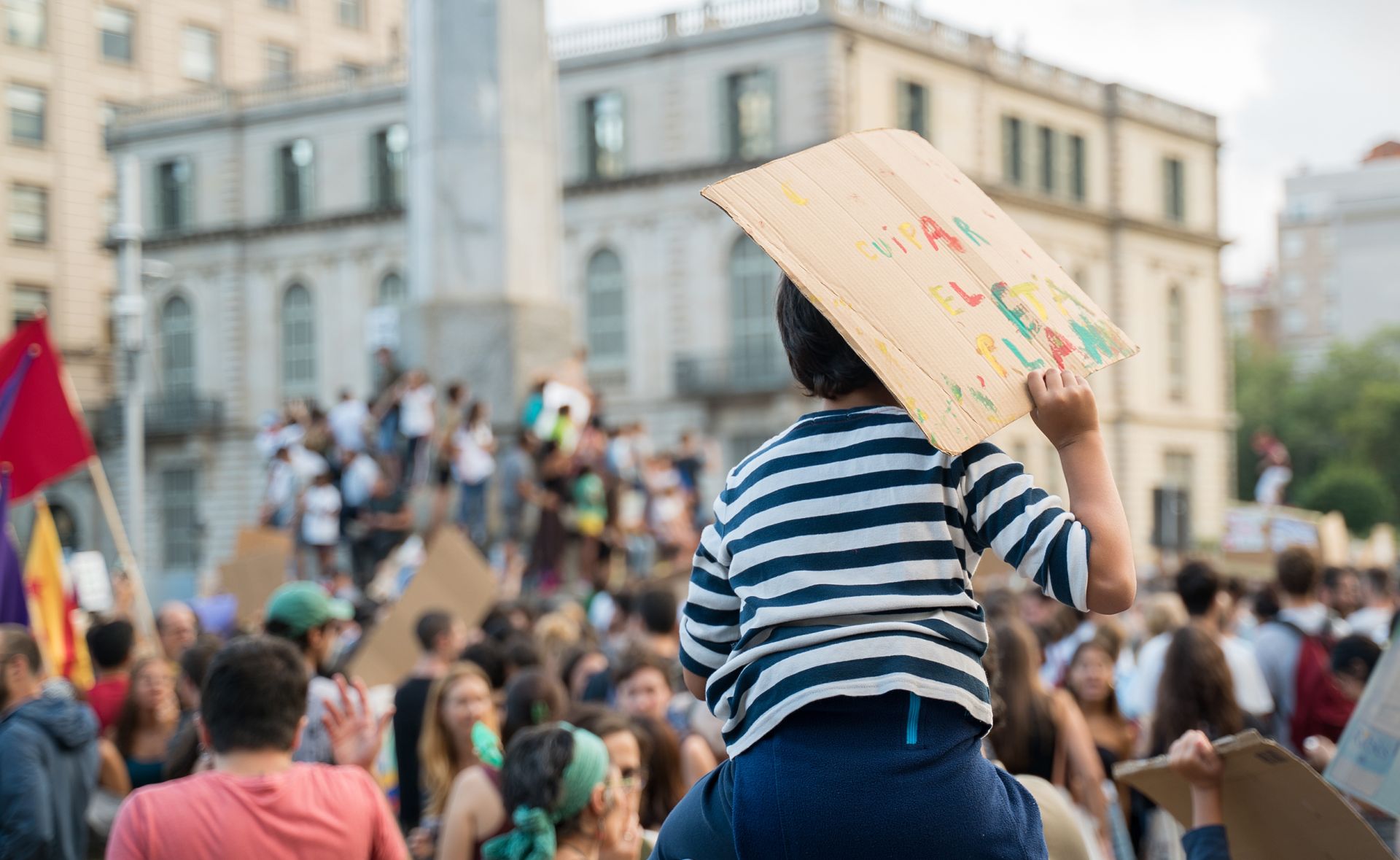
By Camilla Siggaard Andersen
At a very high level, creating social impact is about increasing the capacity for communities to thrive. And when we talk about thriving communities, the role of design is key.
It has been almost a decade since the UK Government published the Social Value Act in an attempt to secure wider social, economic, and environmental benefits from public sector projects and services. Then in June 2020, the Royal Institute of British Architects (RIBA) published a Social Value Toolkit for Architecture. RIBA joins the ranks of an increasing number of organisations proposing frameworks, guidelines and metrics putting the creation of social value at the top of the agenda across the built environment industries.
Why? Because the places we build have a real impact on people’s lives and, by extension, on the life of our cities and planet.
Designing for social impact was a key topic examined at the 2021 Festival of Place Social Impact conference, organised by UK-based urban design media platform The Developer. And after five days, 10 talks and countless conversations between a global audience of academicians and practitioners, we identified seven lessons that stood out above the rest.
These seven lessons take a step back from the definition of social value metrics and instead aim to outline the practice of designing for social impact.
1. Here comes the neighbourhood
From Paris’ 15-minute city agenda to Melbourne’s 20-minute neighbourhoods program, there are plenty of examples to show that the neighbourhood may well be the perfect scale for instigating change and achieving social impact.
At a city-level, policies and initiatives often struggle to connect with local issues and residents, while at a person-level it can be hard to see – let alone act on – the ‘bigger picture’. Think about an issue like increasing the number of pedestrians and cyclists. At a city-level, the cost and scale quickly gets in the way of progress. At a person-level, it’s less appealing to pick up a bike if there’s no infrastructure. Meanwhile, the neighbourhood offers a scale that’s small enough to manage implementation (and meaningful public consultation), yet large enough to kindle and evidence behavioural change.
A neighbourhood is also typically traversed within a 15-minute walk or bike ride, making it the primary unit of the popular 15-minute city idea, championed by Carlos Moreno of the Sorbonne in Paris.
“A neighbourhood is synonymous with a unit of change.”
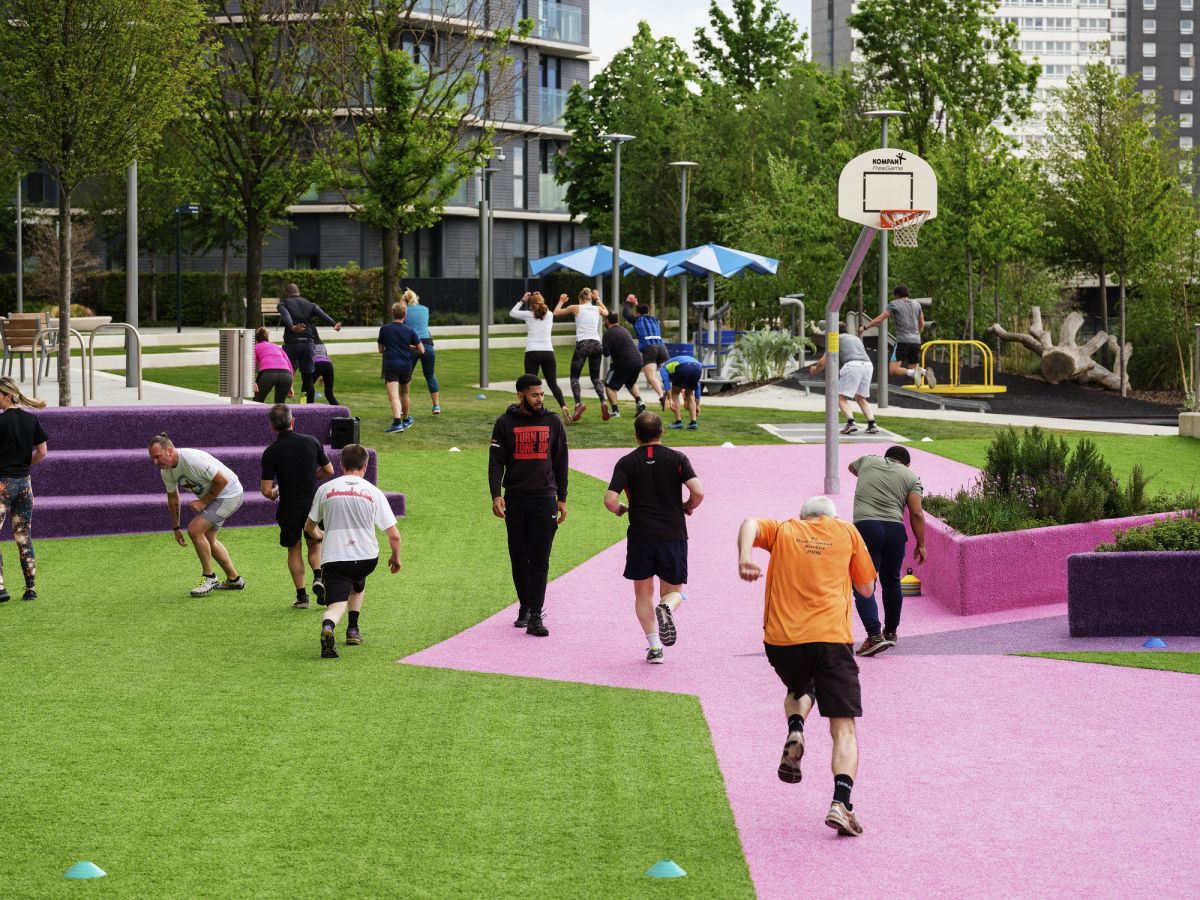
2. The future starts now
Though there is much to say for making careful plans and setting long-term visions, the first step towards unlocking the future we desire is through short-term actions and experimentation.
As communities experience increasingly rapid social, environmental, and technological change, it is near impossible to predict our long-term needs and, indeed, capabilities. As a consequence, plans risk being outdated and sometimes even scrapped before they are ever put into motion.
The solution? To make smaller plans.
“It’s good to have an idea of the big future, but we need little futures too.”
“Little futures”, otherwise known as meanwhile use or tactical experiments, can de-risk projects, allowing for step-by-step course corrections when conditions and requirements change. The philosophy is that sometimes it’s better to simply try and fail than never try at all.
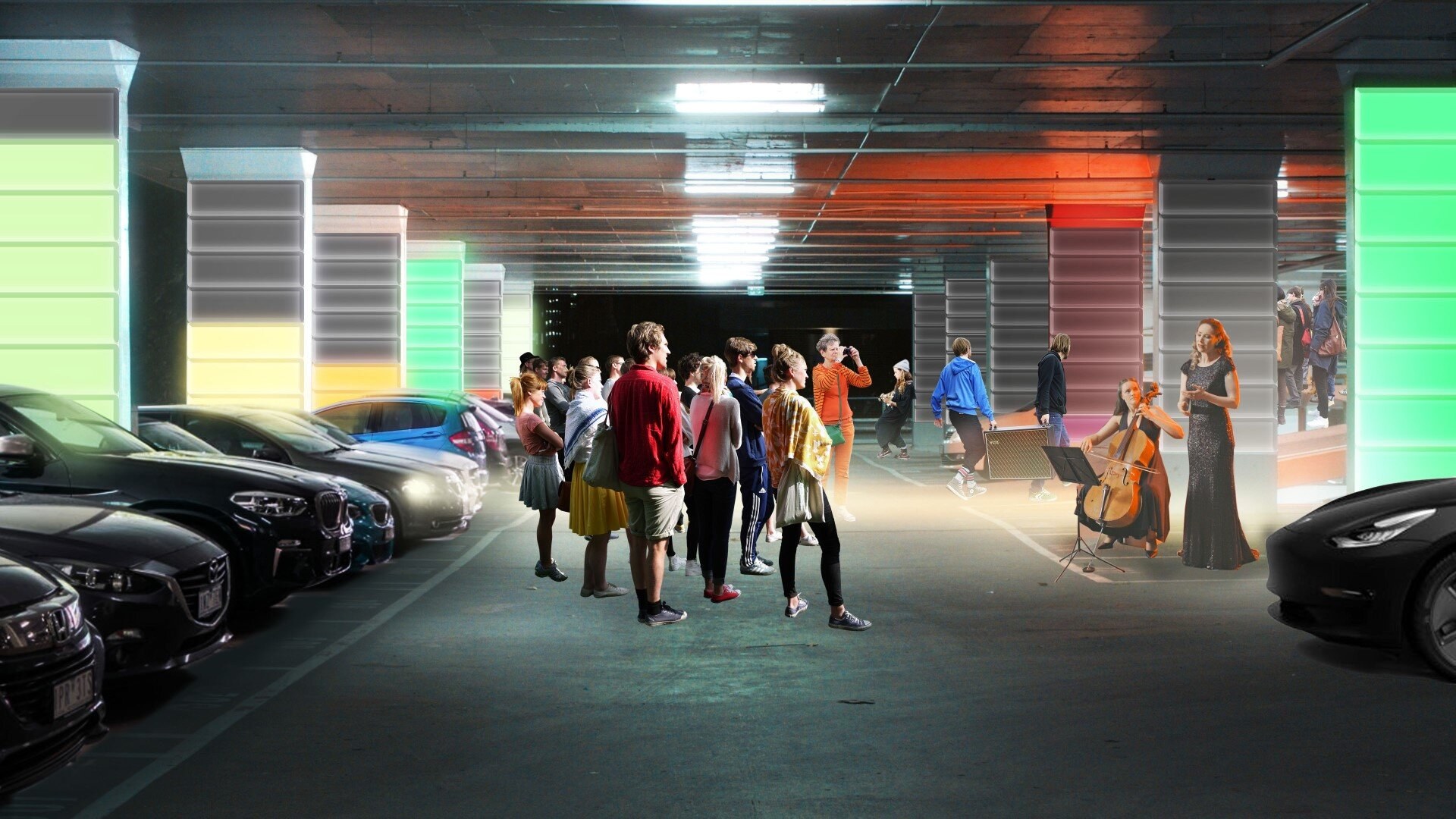
3. A place is a process not a product
In a world that’s seen the commercialisation of most assets, including buildings, spaces, and land, it’s important to remember that a place is a process, not a product.
When we treat places as products to be shaped, polished, and sold for a quick profit, it’s difficult to achieve social value. In the long term, the financial value also suffers.
As renowned Professor of Sociology at the LSE, Richard Sennett said, “A dead city is a dead investment.”
It takes an enlightened developer to accept ambiguity, and to understand that the best plans are really processes created around a desire to achieve outcomes, not outputs.
An office building with a privately-owned public square is an output. A place that enables employee productivity while creating conditions for serendipitous knowledge exchange between citizens is an outcome. The former has just one way to succeed. The latter may succeed in a myriad of ways, which makes it a far more resilient approach.
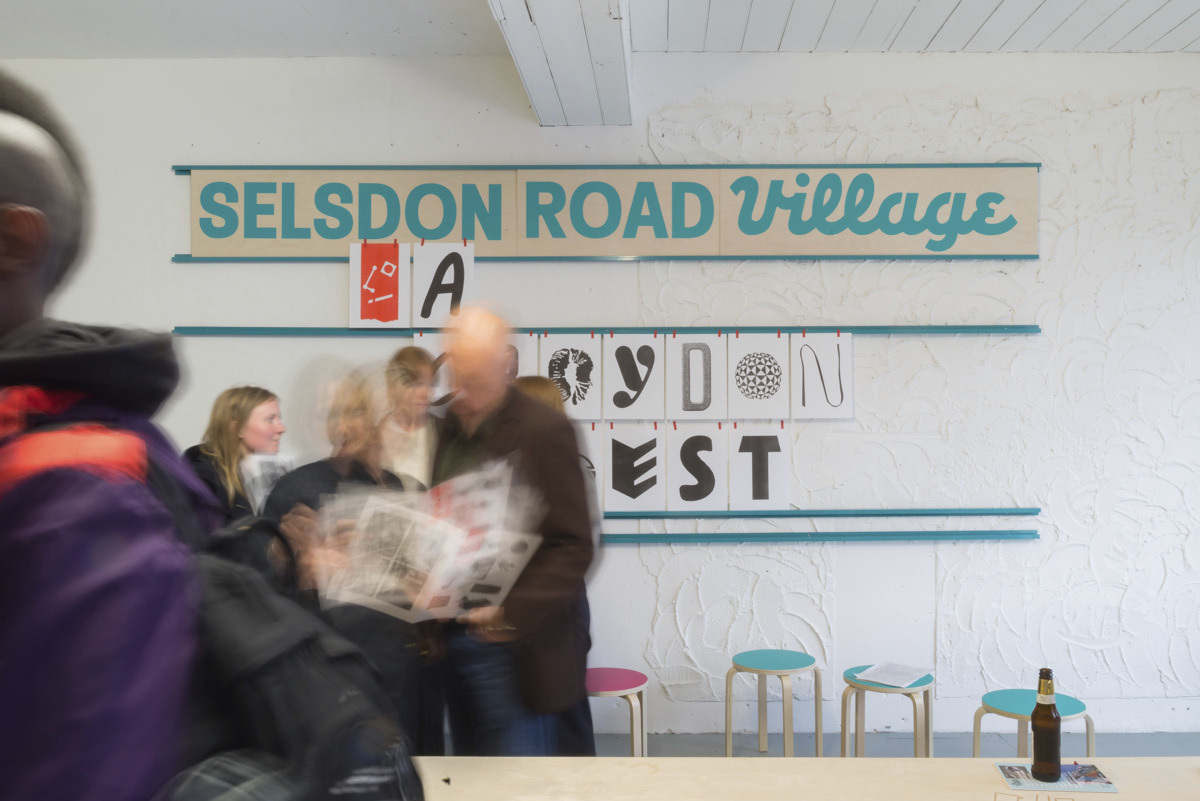
4. Space is political
The shape of the built environment has a direct impact on people’s ability to live happy, healthy lives, and therefore the shaping of space becomes “inherently political” (Amahra Spence, co-founder of MAIA).
Today in the UK, women in the least deprived areas enjoy nearly 20 years more in good health than women in the most deprived areas (the Health Foundation). As much as 30% of land in England is still owned by the aristocracy and gentry (Shrubsole), while non-white populations repeatedly experience barriers to claiming a meaningful stake in conversations about land rights.
For over a century, urban planning decisions have largely ignored groups who are carers in favour of workers – though both are valuable for the economic and social life of a city (Professor of Urban Planning Inés Sánchez de Madariaga).
It’s never been more important to acknowledge different people’s perspectives, needs, and experiences in designing for a more inclusive and equitable urban future.
5. Data is king
The built environment industry – from private investors to public authorities – has become a numbers business. How many acres? Cost per square foot? How many tenants? Space per tenant? What’s the return on investment? More recently, figures to track carbon emissions also appear in these spreadsheets, usually with an aim to achieve some form of accreditation.
Now, in order to ensure a project’s social impact, a new set of metrics must be developed to help quantify social value alongside financial costs and gains.
By connecting data on the health and wellbeing of communities with the spatial conditions of a place, buildings and infrastructure can be shaped to have a positive long-term impact, creating more liveable and resilient places overall. This might not necessarily be the most sensitive approach to dealing with people’s complex, intangible experiences, but it’s better than having nothing at all.
“You have to quantify value to make it count,” said Professor Flora Samuel, primary author of RIBA’s Social Value Toolkit for Architecture.
“I think we’ll see a tremendous adoption of big data technologies into the design world over the next couple of years and we’ll also see new ways that this information is being applied to the decision-making processes that we use.”
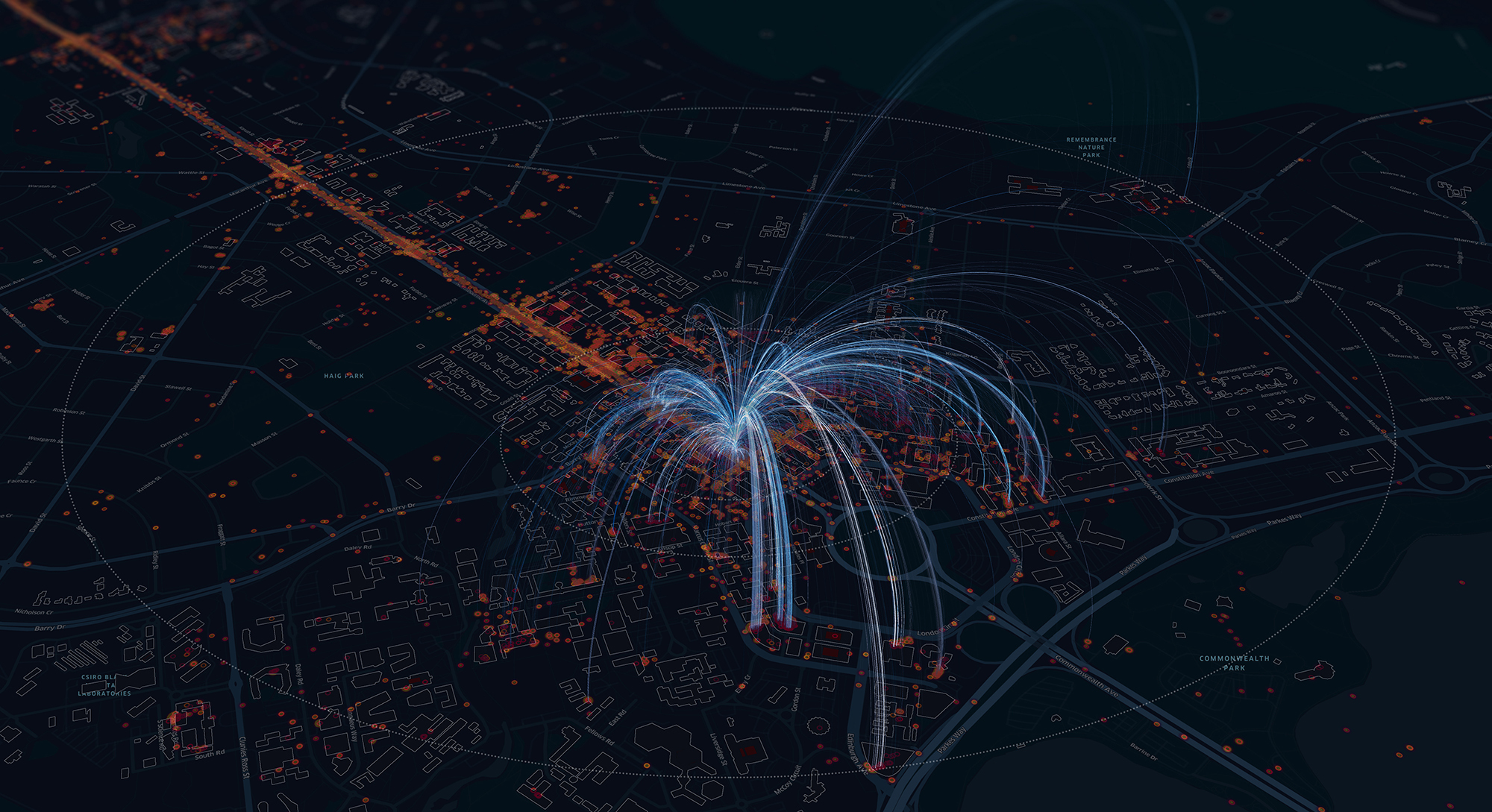
6. Sharing is caring
All across the world, communities face significant disruptions, whether it’s dealing with extreme weather events caused by climate change or handling rising inequality and housing unaffordability.
One way to address these multi-faceted challenges is by increasing our ability and capacity for sharing resources. In Paris, the 15-minute city vision includes the sharing of schoolyards with communities outside of school hours to increase people’s access to green space and playgrounds. At the Cannock Mill Co-Housing project, families share bikes and cars, and spaces like guest rooms and exercise studios, which no one family needs all of the time.
A street can be a space for movement, or a place for social activities, or an environment for dealing with flash floods. It is through the sharing and layering of functions and space that we will be able to increase the potential of a place to have social impact, while maintaining its sustainable and productive qualities.

7. Power to the people
Perhaps the most valuable lesson for achieving social impact through architecture and design is to listen to the experiences of communities – to empower and enable people to speak and do for themselves.
The days of the top-down urban planner are over, and the time for co-creation has arrived.
“Put the collective intelligence and human capital to good use.”
That’s exactly what we - and policy makers - have to do.
Only by simultaneously increasing the community literacy of designers and the design literacy of communities can we create a shared language for building better and more meaningful places – places people love.

Inspired by the 2021 Festival of Place program, speakers, and audience.